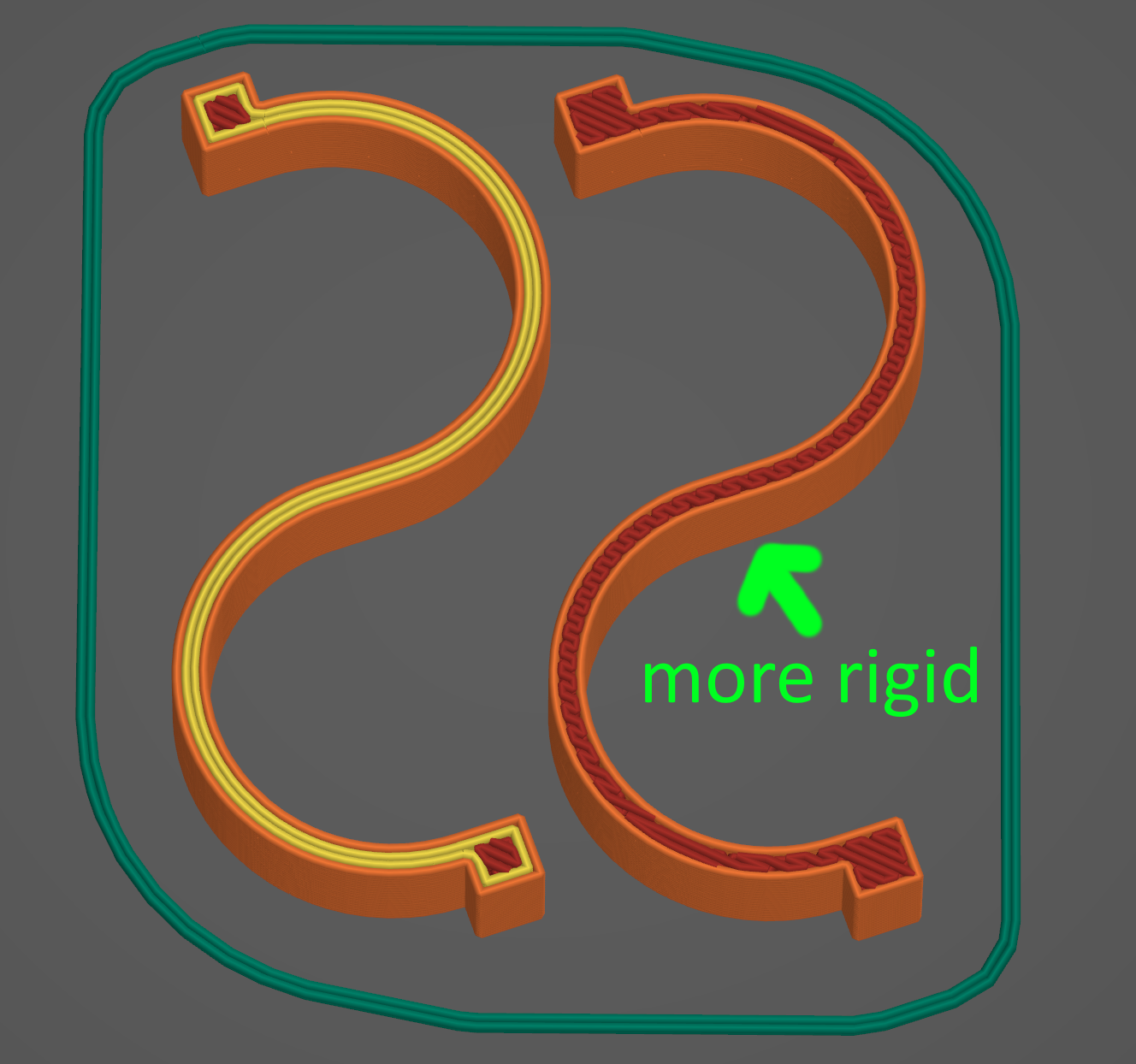3DPrinting
3DPrinting is a place where makers of all skill levels and walks of life can learn about and discuss 3D printing and development of 3D printed parts and devices.
The r/functionalprint community is now located at: or [email protected]
There are CAD communities available at: [email protected] or [email protected]
Rules
-
No bigotry - including racism, sexism, ableism, homophobia, transphobia, or xenophobia. Code of Conduct.
-
Be respectful, especially when disagreeing. Everyone should feel welcome here.
-
No porn (NSFW prints are acceptable but must be marked NSFW)
-
No Ads / Spamming / Guerrilla Marketing
-
Do not create links to reddit
-
If you see an issue please flag it
-
No guns
-
No injury gore posts
If you need an easy way to host pictures, https://catbox.moe/ may be an option. Be ethical about what you post and donate if you are able or use this a lot. It is just an individual hosting content, not a company. The image embedding syntax for Lemmy is 
Moderation policy: Light, mostly invisible
view the rest of the comments

What testing did you complete? Curious to find out how you found it stronger. As in if this is done as a hook, can it hold more load ?
I just tested this hook by hanging a 5 gallon bucket and gradually adding water. PLA 1 wall = 1710 g, 2 wall = 1178 g. The thing is, a 1.5 mm hook fails by straightening rather than snapping, so rigidity is more important than strength.
Edit: I also tried PETG: 1 wall = 1441 g, 2wall <998 g (failed to hold the empty bucket)
So the 1 wall hooks can support >40% more weight before straightening enough that the bucket slips off. That's more significant that I expected.
Edit2: Part of that 40% difference is due to friction; the 1-wall hook has a rough surface that makes the bucket less likely to slip off. But even with bluetack on the hooks, 1-wall has less deflection than 2-wall for the same weight.
Another confounding variable is the weight of the hook itself: 2-wall = (0.83g slicer, 0.78g actual); 1-wall = (0.95g slicer, 0.88g actual). I don't know if that extra weight is coming from density or volume, but either way the stronger hook is more expensive.
Sigh, reality is so complicated.
Nice! Thanks for the work and reply 😊
Lock some calipers (with a rod sticking out) to 1.5mm shorter than the part height, compress it down onto a kitchen scale until the rod is just touching the platform, and record the weight.
That's just the first procedure that came to mind. I will try to think of a way to do a hook strength test today.